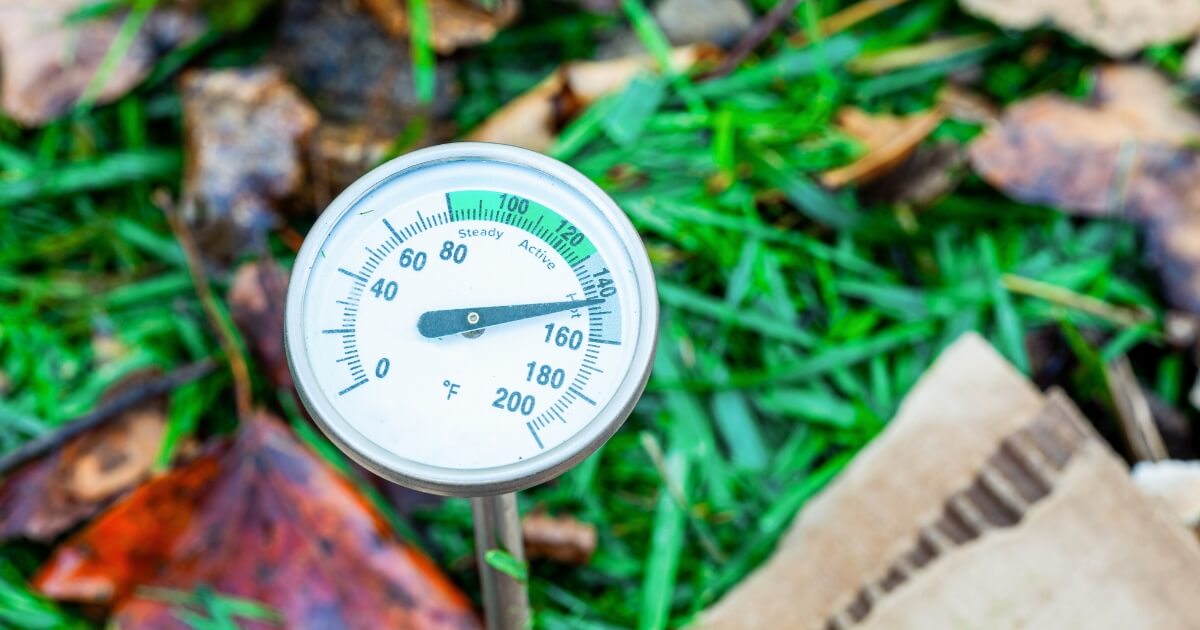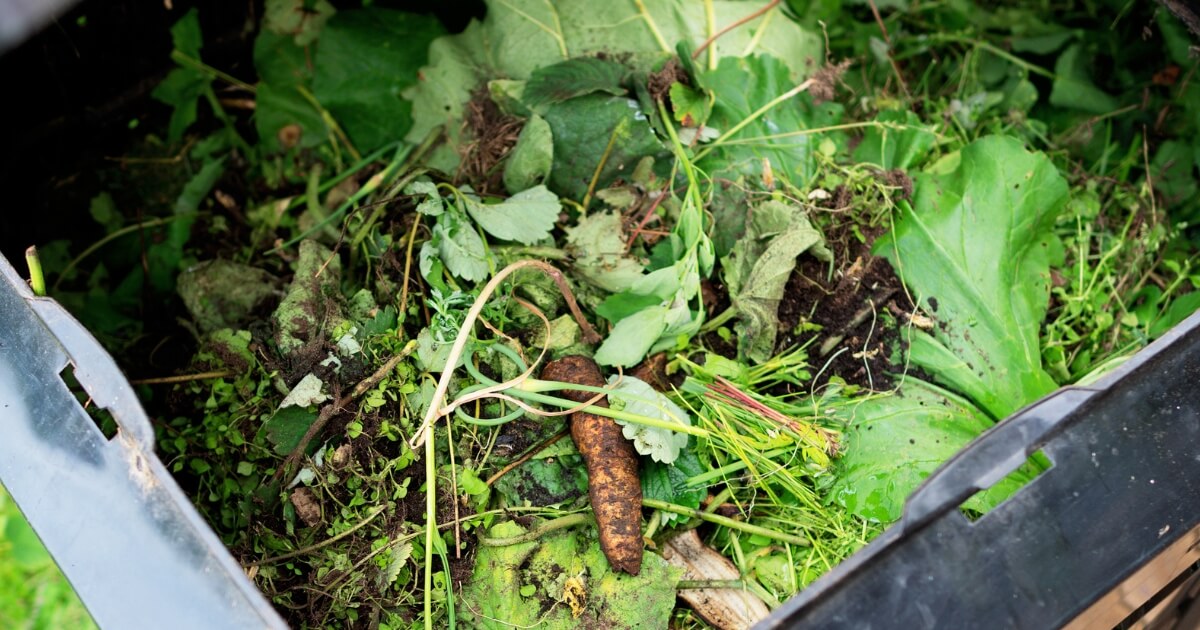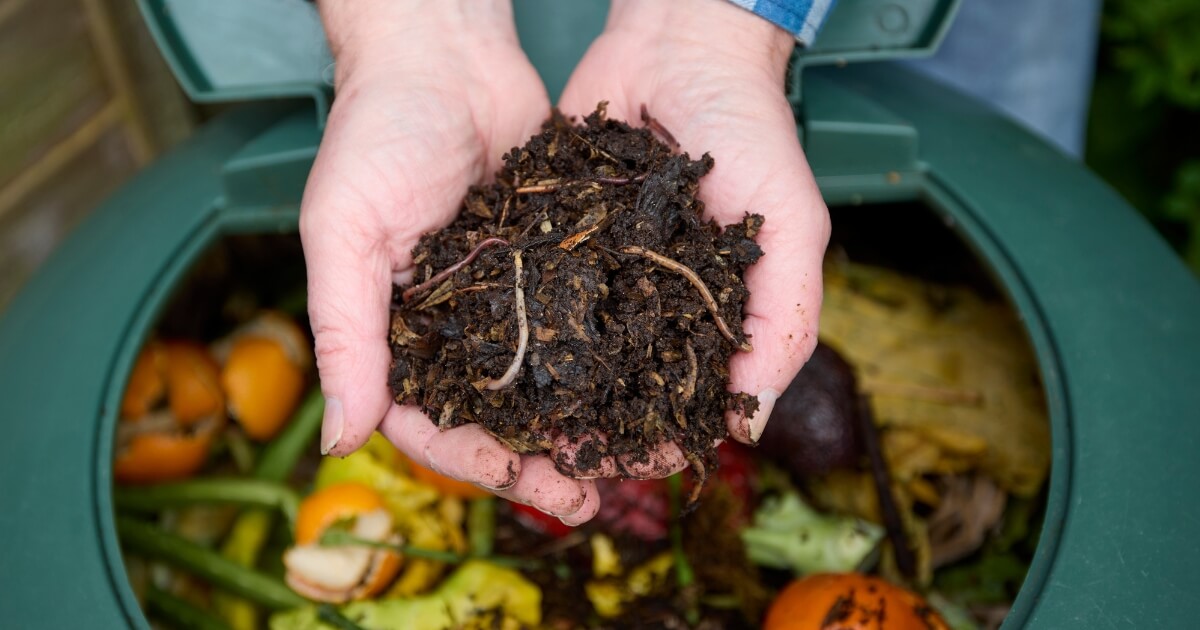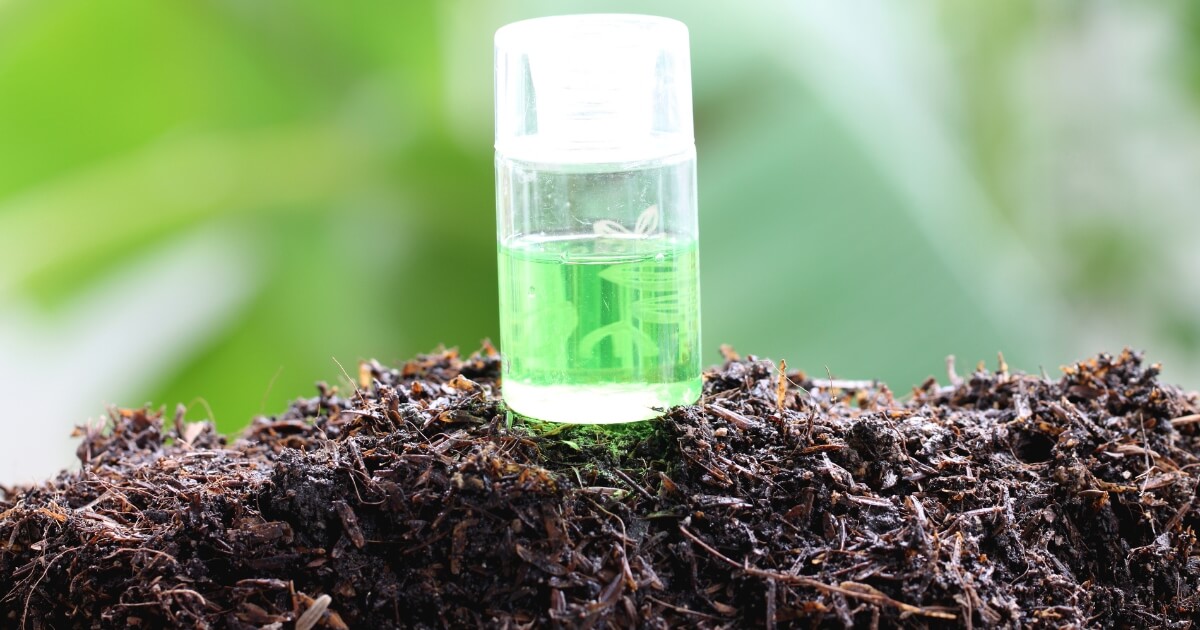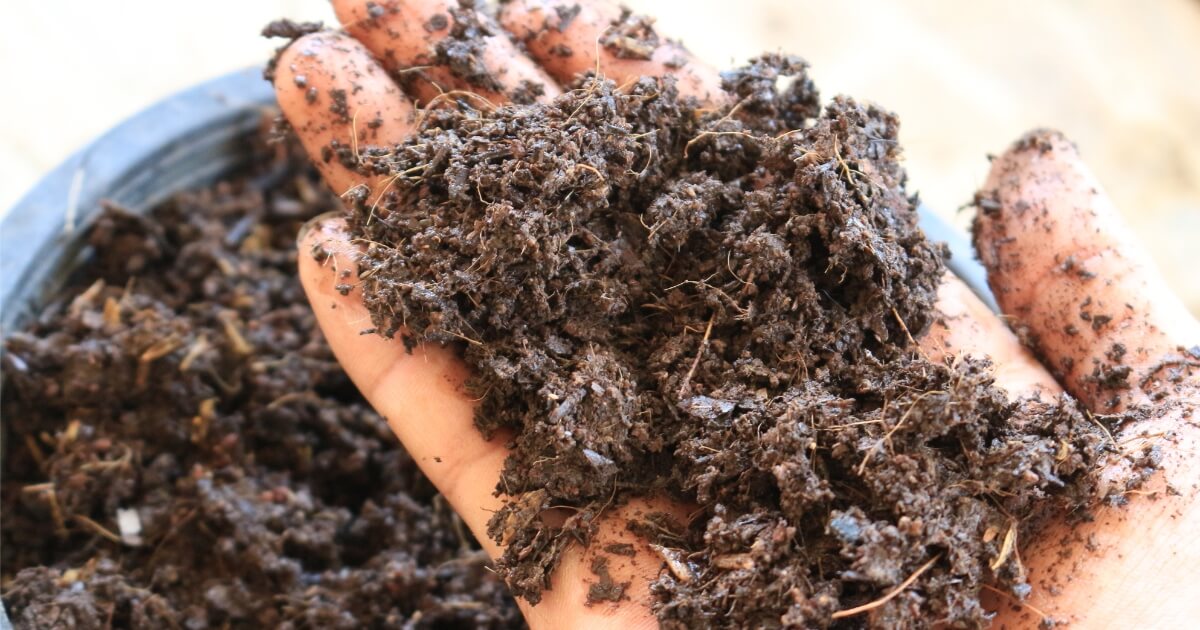Ever wonder if it’s okay to add hair or pet fur to your home composting system?
Untreated hair releases beneficial nutrients to the soil as it breaks down, just like any other organic material, so yes, you can add hair to compost if you follow a few rules.

So if you have a collection of hair or fur after cleaning out your brushes, read up on how to compost hair down below!
Is Hair Compostable?
Human hair is compostable. Hair is made up of keratin but can hold any chemicals or medications a person either consumes or adds topically.
That’s why composting hair that has been chemically treated with colorings or bleach will not provide the optimal benefits to your compost and should be avoided if you want to have an organic garden.

Many people can collect hair from their household brushes, and some people even gather clippings left from hair salons to add to their compost pile and help recycle this natural waste.
Hair is a green ingredient for the compost pile because it has a low carbon content, but it offers a good amount of nitrogen per volume that plants love.
Pet fur from dogs, cats, or other animals is another source of natural and organic matter that is not harmful to compost as long as the fur does not have any medicine or chemical treatments like a flea and tick killer.
Pet hair is very similar to human hair in its nutrient content with high amounts of nitrogen. In addition, any kind of hair will add lesser amounts of hydrogen, sulfur, carbon, and oxygen to the compost as it decomposes.
Hair is also fluffy before it breaks down, which helps aerate the compost ingredients for faster processing of the overall batch.
Pros And Cons Of Composting Hair
It would be best to consider the benefits and disadvantages of composting hair before incorporating such material into your home composting system. Check out my list below, which highlights the pros and cons.
Hair Composting Pros:
- Provides a good source of nitrogen and other nutrients
- A free, readily available, and renewable compost ingredient
- A good way to recycle a common household or business waste product
Hair Composting Cons:
- Takes longer to decompose due to the high protein content
- Needs to be cut down into smaller pieces for faster processing
- Human hair or pet fur should be chemical-free to keep harmful compounds out of the finished compost
If you plan to compost hair or fur on a regular basis, you’ll be happy to hear that hair-eating bacteria will be attracted to and multiply within your composting system. This fact means that the more you compost hair, the faster hair will break down as time passes.
If you keep a hearty portion of your finished compost to use as a starter for your next batch of hair-filled compost, you’ll be on your way to keeping your system running smoothly.
How Long Does Hair Take To Decompose?
It can take up to two years for hair to completely degrade within a cold compost pile that gets little to no attention.
Working hair into a hot composting system will result in a much faster processing time of anywhere from two to nine months before you can’t discern its texture or shape. If you take care to turn the ingredients every few days, you’ll most likely integrate the hair in a matter of weeks.
Avoid trying to compost hair if you use a vermicomposting system. Worms won’t actively eat the hair structure but only feed on the bacteria breaking down the hair, leading to hair piles forming in the trays.
How To Compost Hair
The best way to compost hair is to separate the strands as much as possible before you sprinkle it across your pile.
Snip long strands down into smaller lengths to help them decompose quicker and prevent them from snagging on other material and forming “balls” inside the compost bin or pile. This problem becomes more evident if you use a compost tumbler to process your ingredients.
Adding in large batches of hair at once will take longer to decompose, as large surface areas of the hair aren’t touching other ingredients, especially those with higher carbon content.
Clumps of hair will also collect moisture that could quickly turn rancid within the compost pile.
After breaking up the hair clumps and spreading them across your ingredients, add the proper amount of brown or carbon-based ingredients to balance the pile. The ratio of brown carbon to green nitrogen-rich material is generally 3:1 or 4:1.
Waiting to add hair when you have other kitchen scraps like vegetable peelings will make it easier to form the correct ratio.
Once you add the hair or fun and other green and brown material, turn the pile well to incorporate the hair throughout the compost fully.
Turning compost will also help balance moisture levels and add more oxygen to keep the pile hot and the microbes actively feeding.
In Summary
Can you compost hair? Sure you can, as long as you ensure any hair or fur is free of chemical treatments and you snip long hair down into short sections. I’ve been adding hair to my compost for years with excellent results.
Recycling hair through your home composting system is a wonderful way to help the environment and make your garden grow healthy and beautiful, so give it a try!
